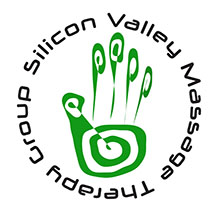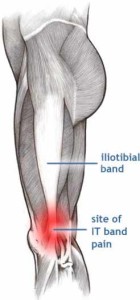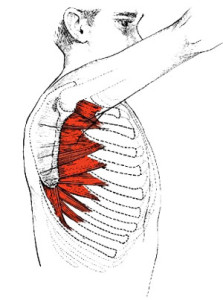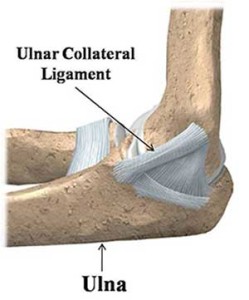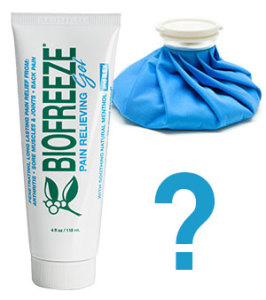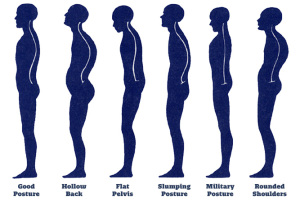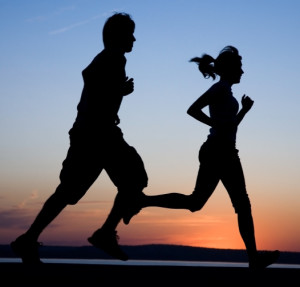 All kinds of people seek massage therapy for all kinds of different reasons. The end result is almost always pain relief and relaxation.
All kinds of people seek massage therapy for all kinds of different reasons. The end result is almost always pain relief and relaxation.
Here’s a snapshot of some of the most likely types of people who seek and benefit from regular massage. Can you find yourself or someone else you know in this list?
- Betty/Billy Back Pain. Back pain comes from joints, muscles, joints in the spine, bones, and nerves around the back. The pain could be in one area or could have a wider spread effect on an individual. A massage helps this client feel and function better compared to friends who don’t receive any massage treatment. Studies show it improves range of motion and decreases discomfort, too. Continue reading “Can You Find Yourself in these Massage Profiles?”

